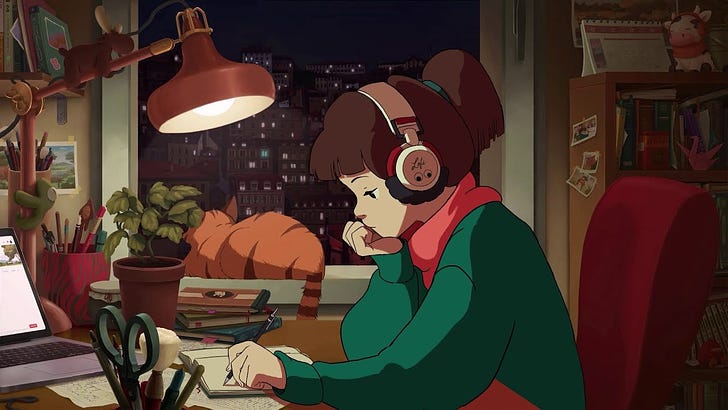For me, the central idea was about music as a place you go to.
-Brian Eno
Music is extremely important to me. Listening to music, creating music, performing music, and thinking about music, have been some of the few constants in my life. And yet, during a sixteen-year career as an English teacher, I used music in the classroom fairly sparingly. I assumed it would be interfere with learning, especially for students with attention problems. When students asked if they could listen to their own music, I assumed (perhaps wrongly) that they would be overly distracted by their phones and other electronic devices and (probably correctly) that they would miss important instructions if they had headphones on or earbuds in.
It’s possible that, knowing the power music had over me, I had an almost superstitious fear of unleashing that into an environment where, for most of my career, I believed on some level I was supposed to always be in control.
That need for control was always a source of inter…
Keep reading with a 7-day free trial
Subscribe to Other Duties (as assigned) to keep reading this post and get 7 days of free access to the full post archives.



